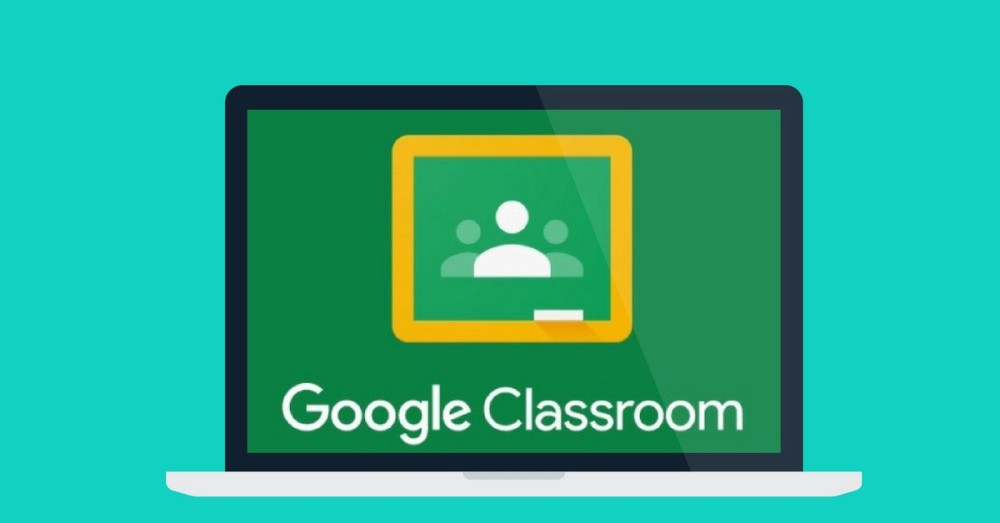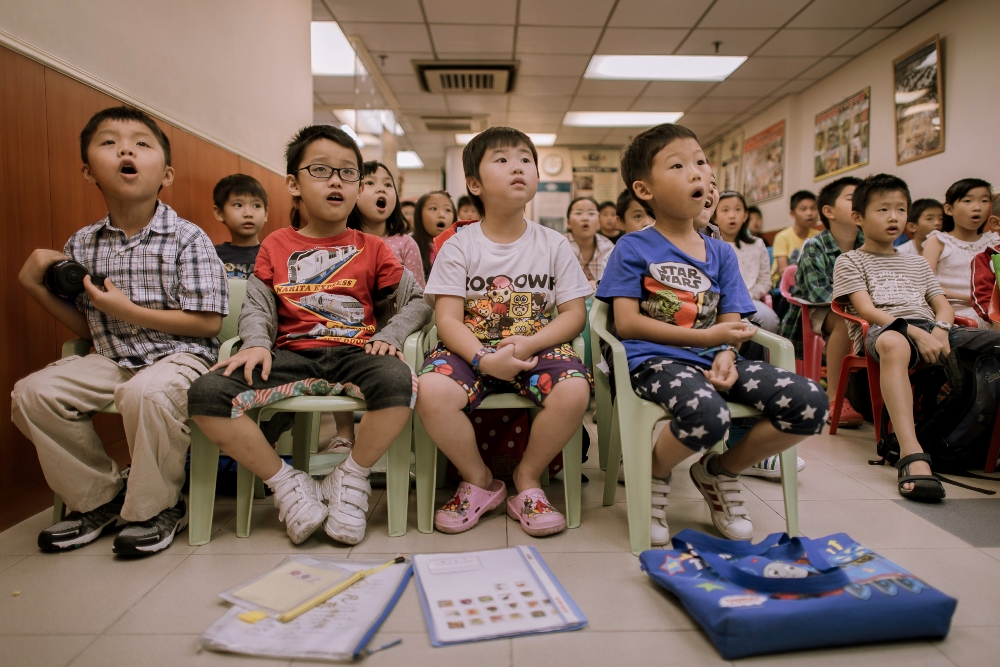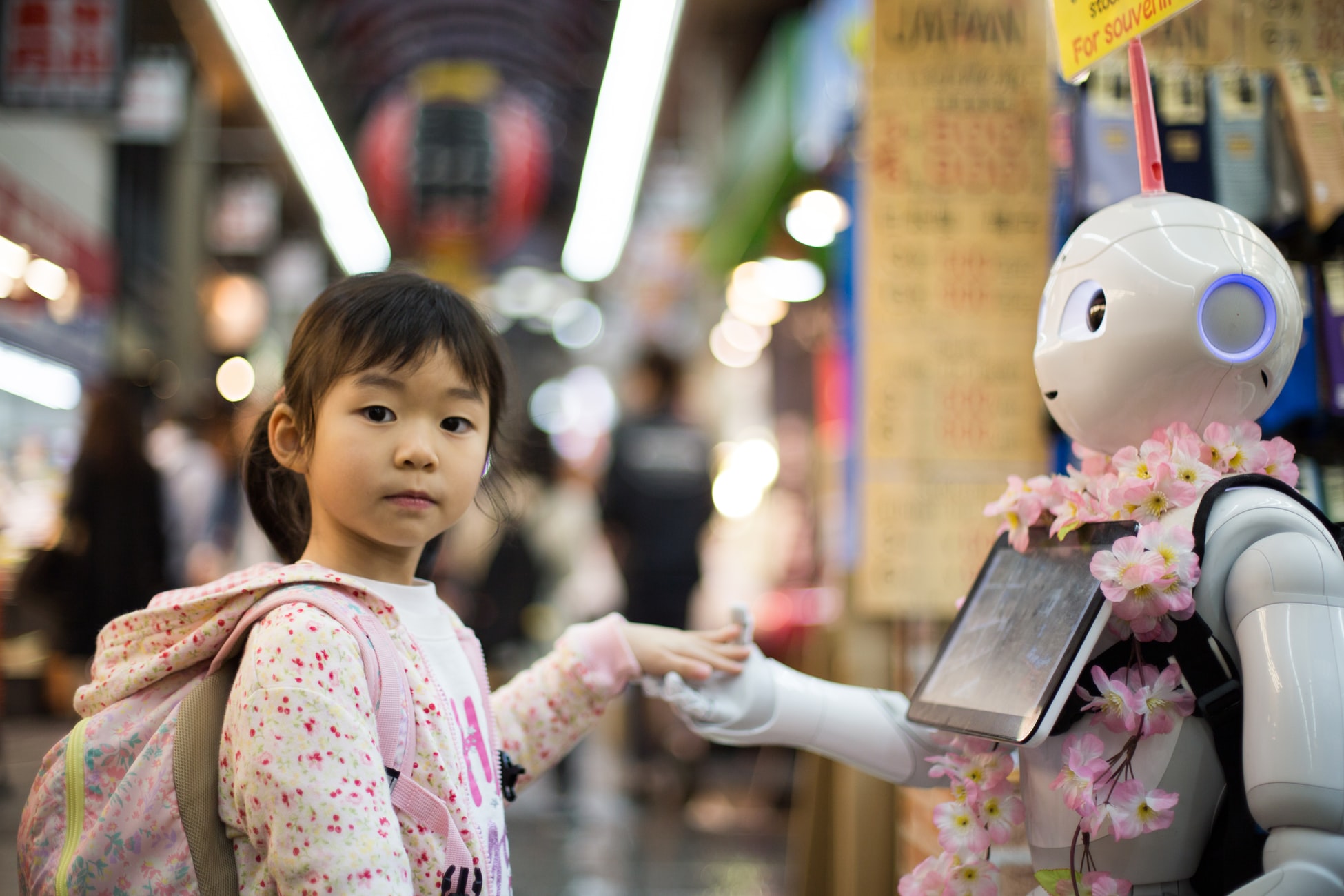Google for Education presents its contribution to virtual learning, the Google Classroom.
Google Classroom for students learning from home
Professors and school administrators find it convenient to make use of virtual learning platforms in times when schools are inaccessible. It is a new way of delivering school lessons to students with the help of the internet, and without having a physical representation in an actual classroom.
There are certain instances that learning from home can be convenient for both teachers and students, like school lockdowns, schools under strikes, recent involvement with something traumatic to students, and pandemic diseases such as what we are experiencing right now.
With the help of the world-leading company in internet-related services, Google, they come up with an innovation for virtual learning. It expands the features of Google Hangouts in putting together a larger audience for Hangout’s Meet call. It can fit in up to 250 users simultaneously in a group call and can accommodate up to 100,000 viewers for live-stream conferences.
And for those who cannot keep up with the live streams, there is also an option to store the recorded stream via Google Drive and make it accessible for those who want a replay. A link will be provided to share the recorded video once the live version is over.
Making virtual lessons interactive
Isolation from other students can sometimes make virtual lessons boring and disengaging, but Google Classroom offers an interactive platform that can insert short discussions during the course of the lesson. Poll questions can also be inserted to ensure that students are still responsive as the lesson progresses.
There is also this feature called live caption, and it is suited for deaf students and those having hearing difficulties. Captions make it easier for them to catch up with the lessons on the videos. It makes the platform useful even to students with partial disabilities.
Virtual learning is not limited to class lessons only. With the use of Google Hangouts, students can privately contact their professors for consultation and sharing just as normal counseling happens at school. Students can still express their emotional stress to their educators, discreetly through personal messages.







